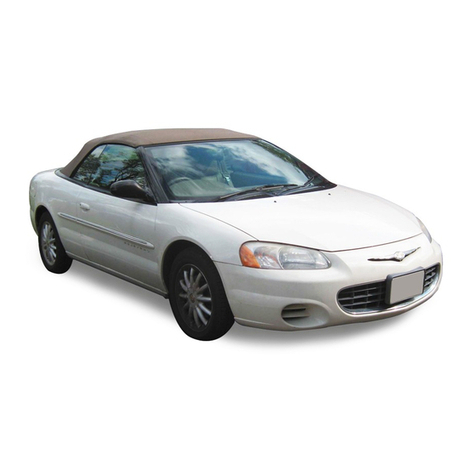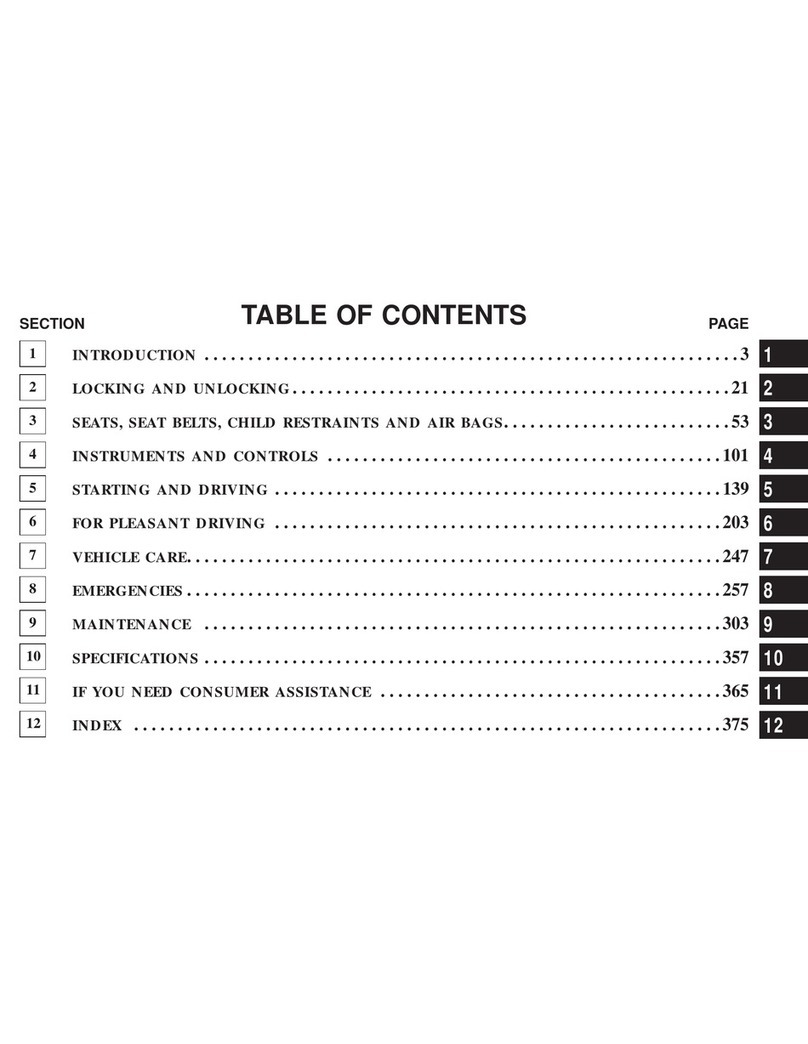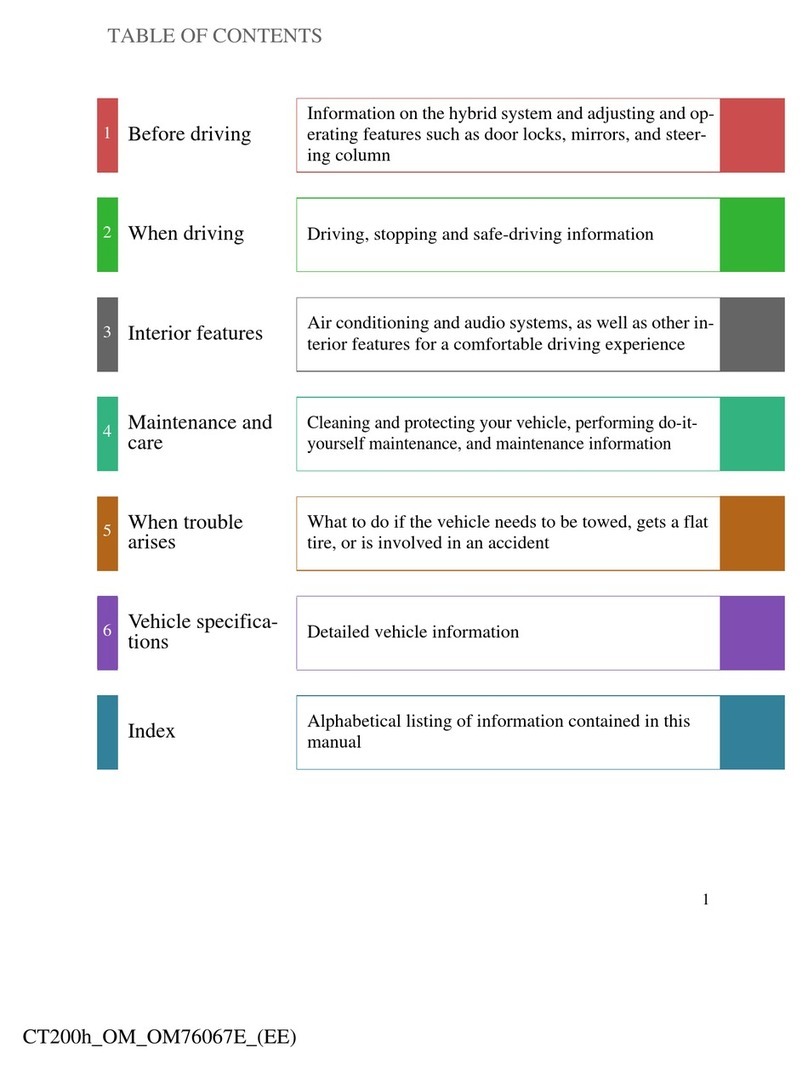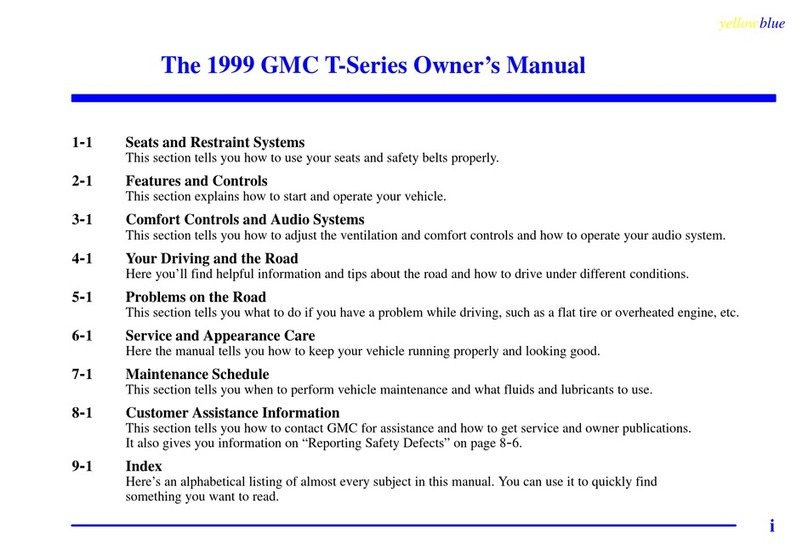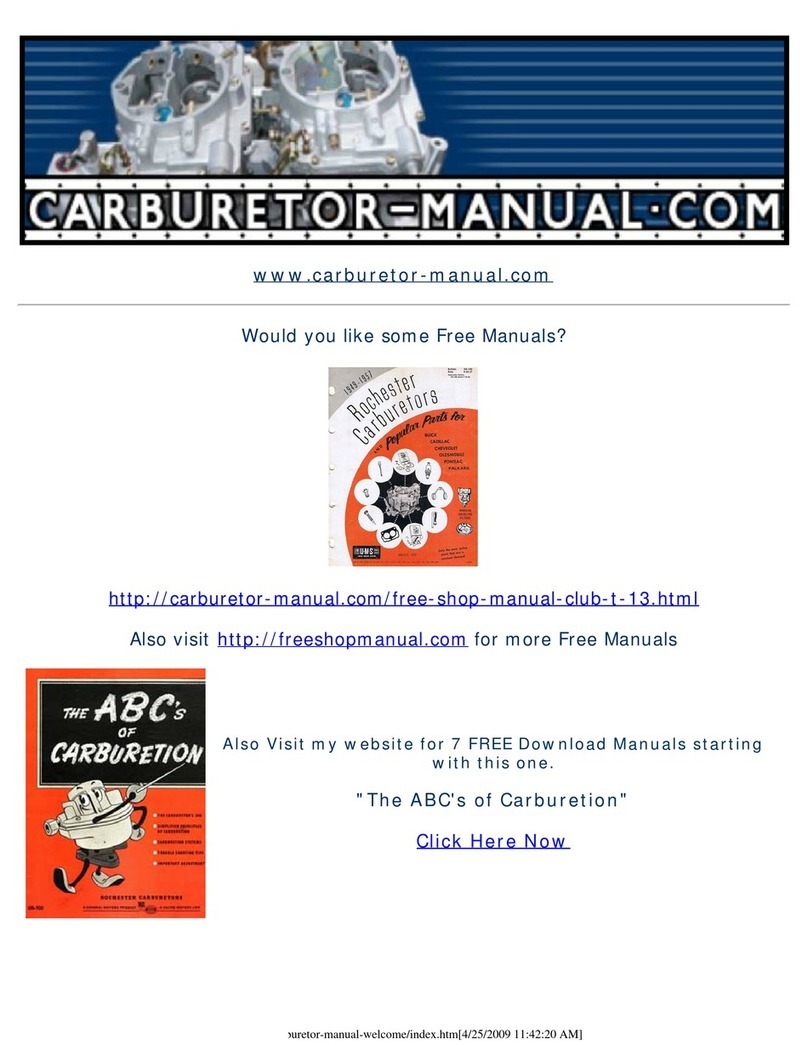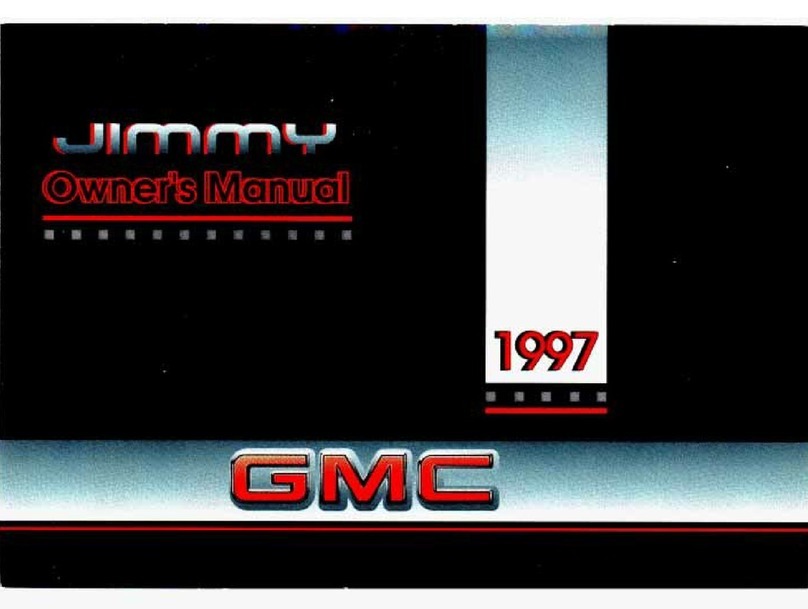_ How to Use This Manual
HOW TO USE THIS MANUAL
’ CONTENTS
The preceding page contains GROUP INDEX which
lists the group title and group number.
*’
-iAGE NUMBERS
p All page numbers consist of two sets &digits
separated by a dash. The digits preceding the dash
-identify the number of the group. The digits follow-
ing the dash represent the consecutive page num-
ber within the group. The page numbers can be
found on the top left or right of each page.
TEXT
Unless otherwise specified, each service procedure
covers all models. Procedures covering specific
models are identified by the model codes or similar
designation (engine type, transmission type, etc.). A
description of these designations is covered in this
unit under “VEHICLE IDENTIFICATION”.
TROUBLESHOOTING
Troubleshootings are classified into master trouble-
shooting and group troubleshooting and located as
follows:
The master troubleshooting is prepared when the
trouble symptom relates to two or more groups and
given in MASTER TROUBLESHOOTING.
The group troubleshooting guide is prepared for
causes of problems related to that individual group
only; a troubleshooting guide IS prepared for each
I appropriate group.
SERVICE PROCEDURES
The service steps are arranged in numencal order
and attentions to be paid in performing vehicle
service are described in detail in SERVICE POINTS.
DEFINITION OF TERMS
STANDARD VALUE
Indicates the value used as the standard for judging
the quality of a part or assembly on inspection or the
-_value~to which the part or assembly is corrected and
adjusted. It is given by tolerance.
LIMIT
Shows the standard for judging the quality of a part
or assembly on inspection and means the maximum
or minimum value within which the part or assembly
must be k_ept functionally or in strength. It is a value
~~ esiablished outside the range of standard value.
Repair kit or set parts are
shown. (Only very frequently
used parts are shown.)
Removal steps:
The numbers before part names correspond
to numbers In the illustration. and indicate
the order of removal.
Disassembly steps.
The numbers before part names correspond
to numbers In the illustration, and indicate
the order of disassembly.
Installation steps:
This is provided if installation cannot be
made in the reverse order of “Remov&
steps”; omitted if rnstallation in the reverse
order of “Removal steps” is possible.
Reassembly steps:
This IS provrded
if
reassembly cannot be
made In the reverse order of “Disa$sembly-
steps” ; omitted If reassembly in the r&
verse order of “Disassembly steps” is
possible.
Classification of
SERVICE POINTS
- Removal
* Disassembl










